Aberdeenshire voters gave Alex Salmond his springboard for election success and paved the way for the independence referendum, held 10 years ago today.
But when it came to the crunch, the north-east stopped well short of backing his dream of taking Scotland out of the UK.
In the end 60% of voters in the region backed the union, one of the most decisive rejections of independence on the night.
Why was the Yes campaign unable to convince locals despite having a strong base of support for the SNP?
‘The silent majority’
Campaigners on both side of the divide point to socially conservative attitudes.
Alastair Forsyth, an SNP Councillor in Turiff and District, said he wasn’t shocked on the night.
“I don’t think I could be surprised, simply because Aberdeenshire has been a very conservative area for a good number of years,” he said.
“The sense on the doors was it was very polarised.
“You had one group absolutely for it, and you had others vehemently opposed.
“You could bridge that into two camps, Tory and SNP. It’s a Tory-SNP battle up here.”
Andy Oliver, a pro-independence campaigner who lives in Laurencekirk, agrees. He said: “What got it was the fear, the small C conservatism.
Unionist activists say a lot of anti-independence voters in the north-east were quiet about their views.
“The silent majority, a lot of people who were pro-union, didn’t want to come out publicly and say too much,” says Ian Lakin, who headed the pro-UK Better Together group in Aberdeenshire.
He added: “People in the north-east are conservatives with a small C. They don’t say much about it.”
He claims a lot of rural residents in Aberdeenshire, such as farmers and small business owners, prioritisied “stability”.
He believes voters in the region were sceptical of the Yes campaign’s bold promises.
“If I had to put my finger on one thing, people were not convinced by the arguments the SNP were coming out with,” he told us.
“They needed convincing arguments, and they didn’t get it, particularly on the economy.
“You’re telling us utopia is round the corner? Well, explain. They couldn’t.”
‘People were not convinced’
Ex-SNP leader Mr Salmond, a former oil economist at the Bank of Scotland, hoped to win over voters in the north-east by talking up Scotland’s energy sector.
“It’s Scotland oil,” had been a common nationalist refrain since the North Sea boom in the 1970s.
Yet the independence movement stumbled when it came to convincing voters on economic topics such as currency, pensions, and EU membership.
Oil prices spiralled shortly after the referendum and sent the North Sea industry into a prolonged downturn, harming the north-east economy.
Mr Salmond still insists an independent Scotland would have reaped the rewards of the north-east’s energy resources had the country voted Yes.
But unionists have always believed they were vindicated in opting against a split from the UK as a consequence of the dire change in fortunes for the sector.
Allan Sutherland, from Stonehaven, campaigned against independence and said the SNP’s arguments failed to convince him.
He told the Press and Journal: “I’m not against independence, I just always had reservations about Alex Salmond’s way of going about it.
“The SNP has trashed the concept of Scottish independence. They’ve not proven they could run a country.”
Councillor Forsyth, who has himself worked in the energy sector, says the message “didn’t quite gel with folks around here”.
He adds: “That battle is still to be won.
“A lot of people had doubts about things like pensions.”
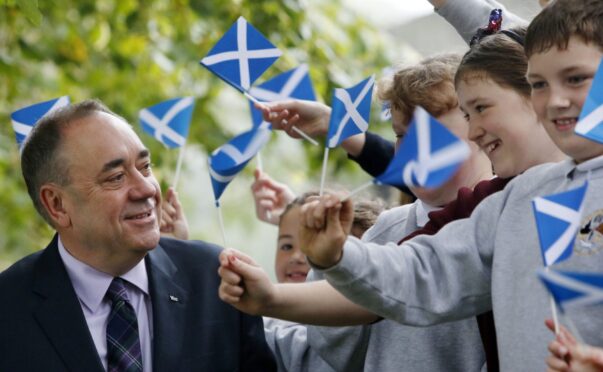
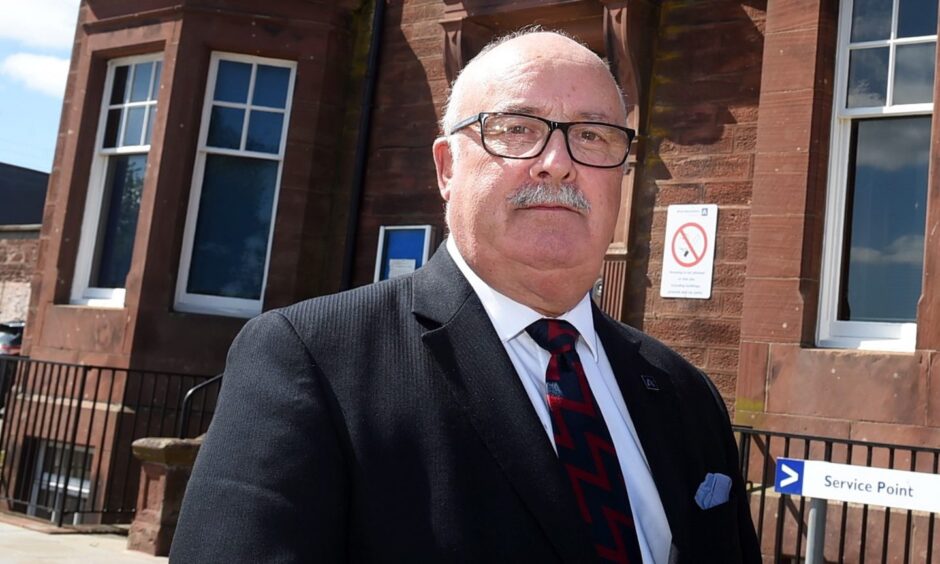
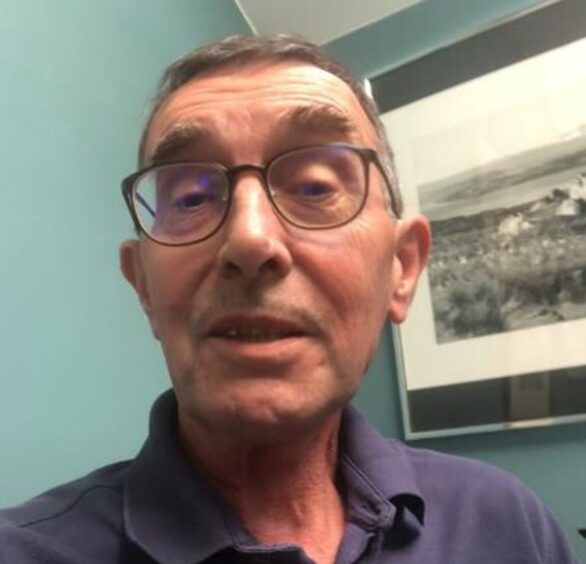
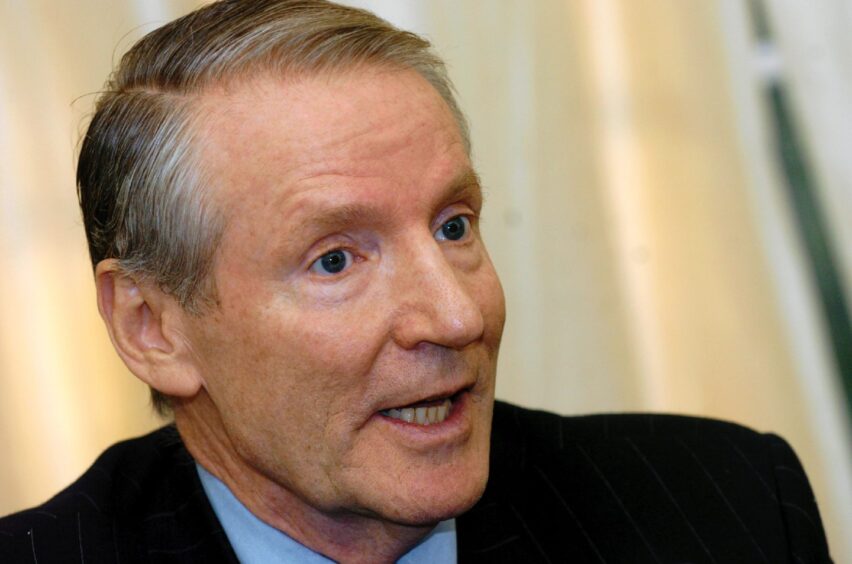
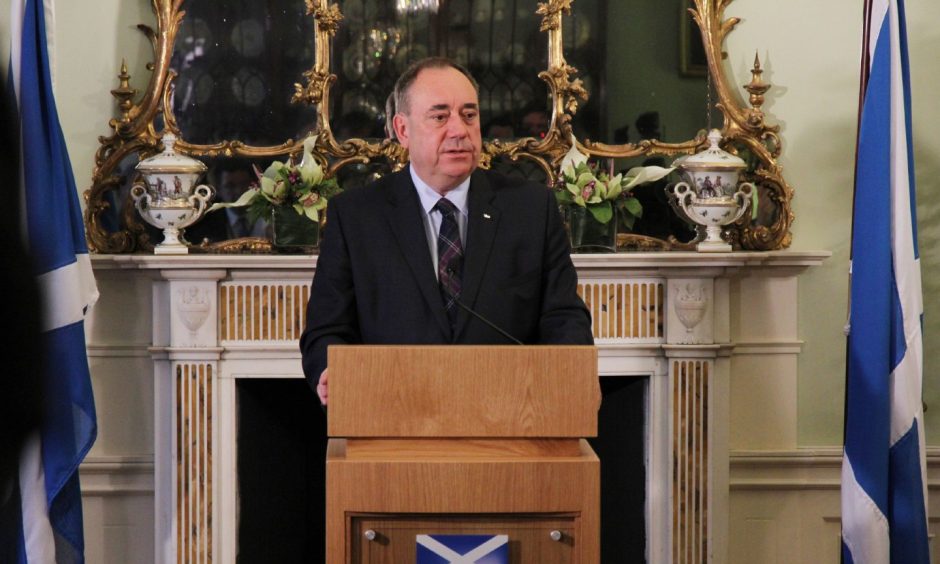
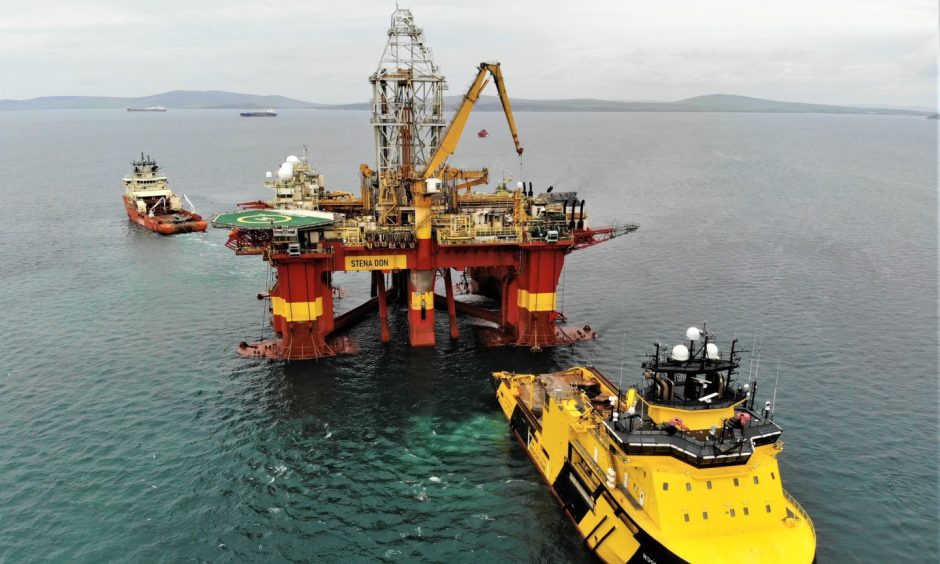
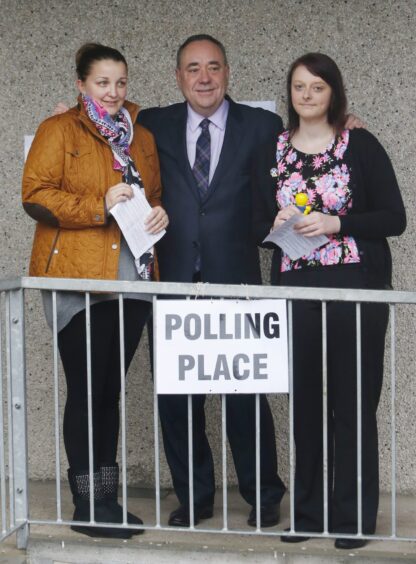
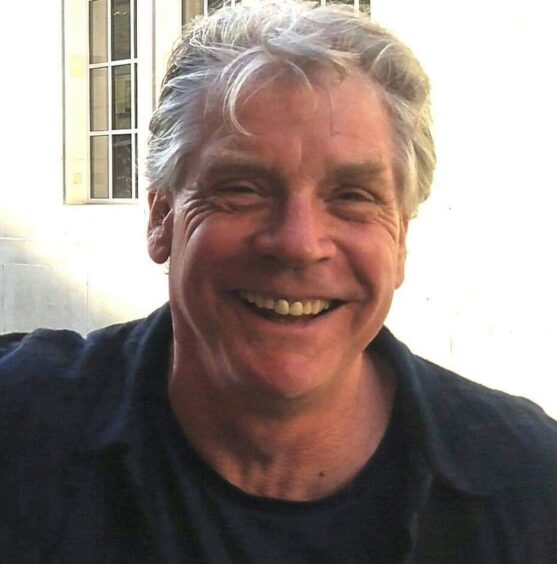
Conversation